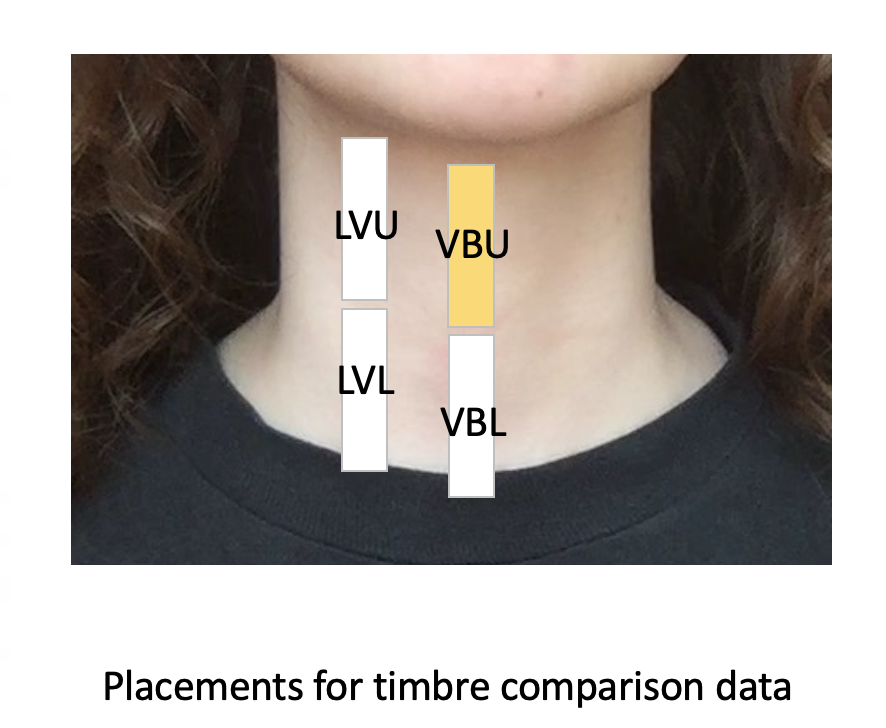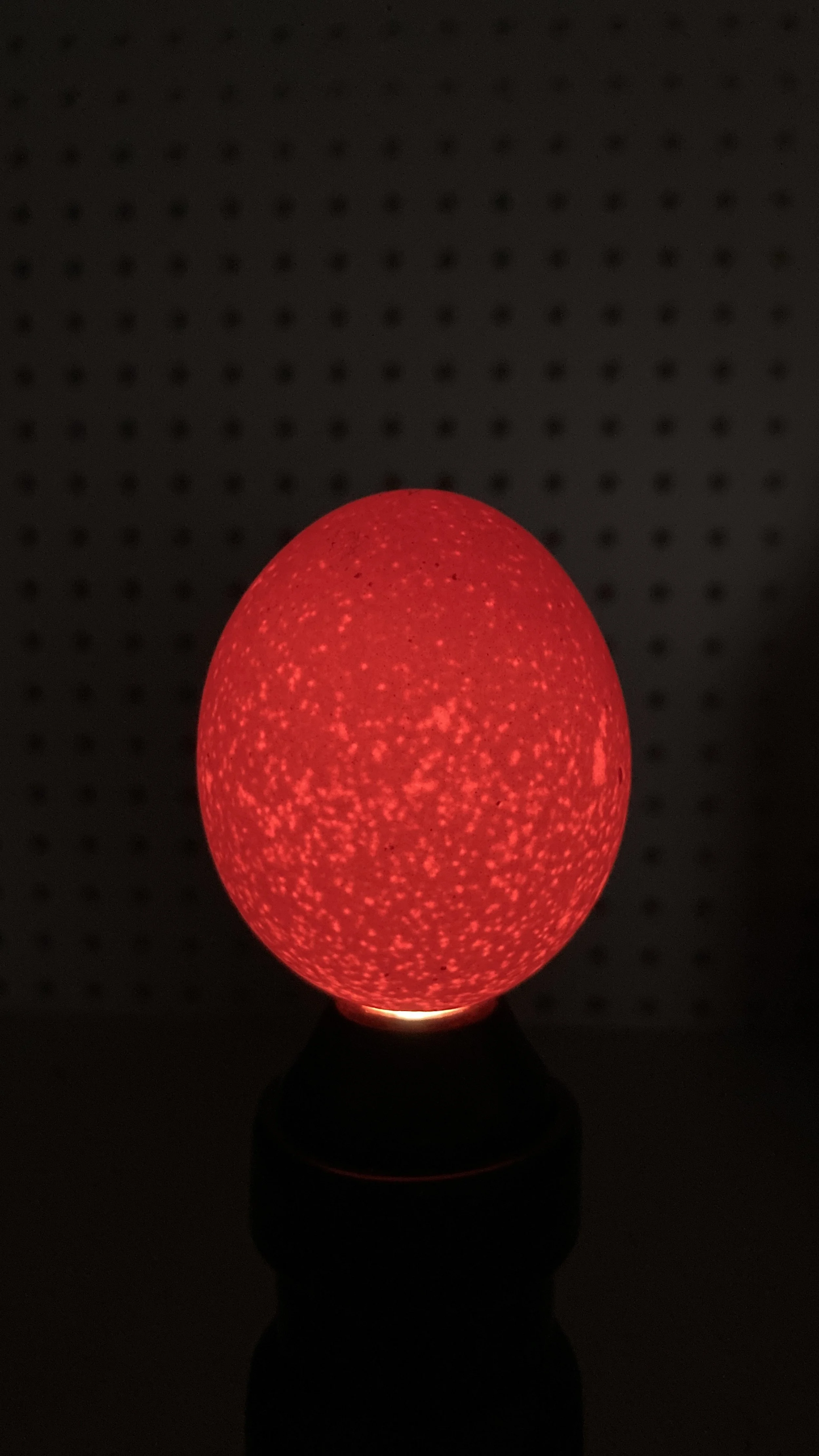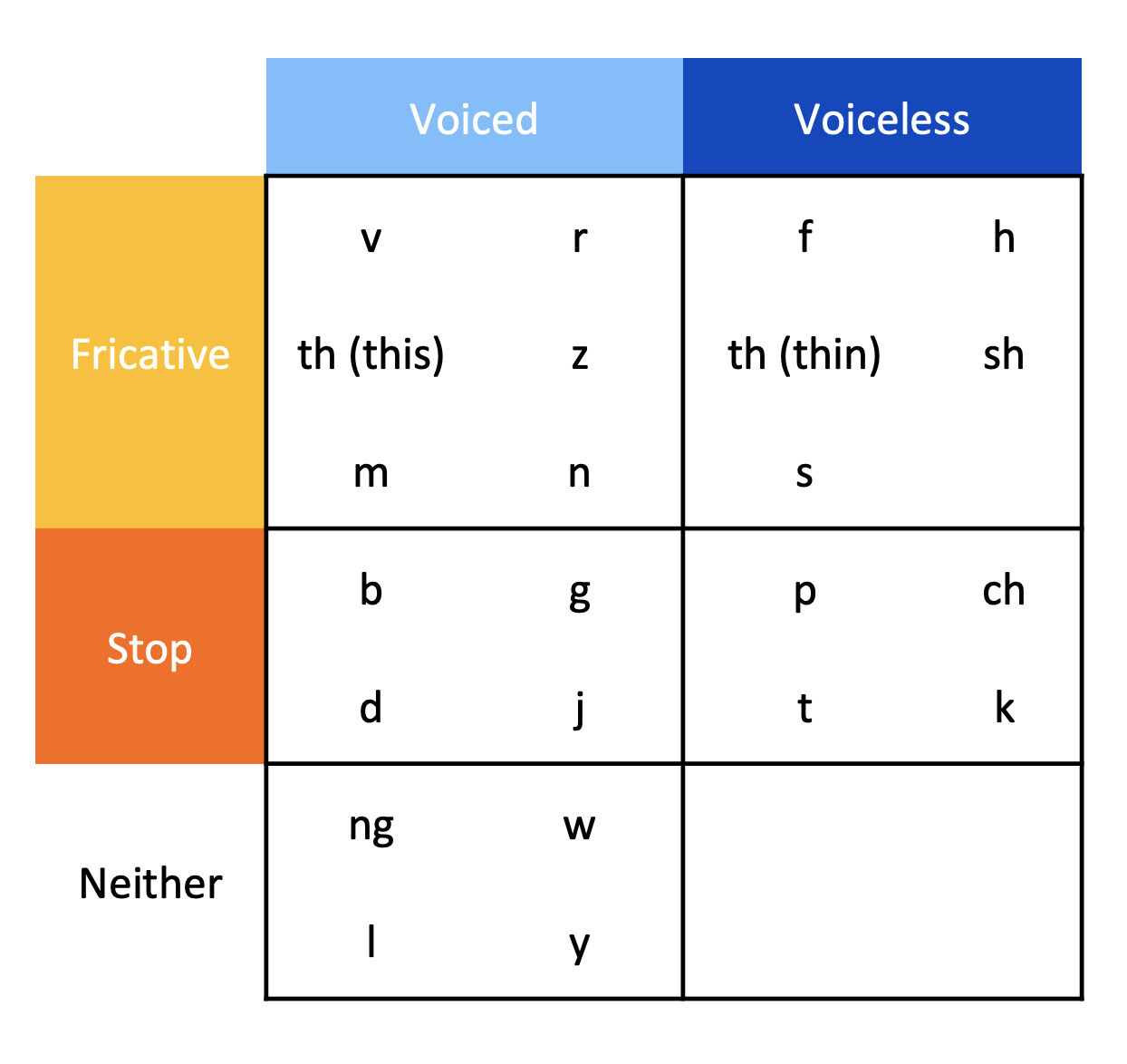Biomedical RF Sensing
Non-invasive wearable measurement of heart, breath, and speech signals using near-field radio frequency systems.
As a researcher in Edwin Kan’s lab at Cornell University, I designed, conducted, and performed data analysis for a human-subject study using a near-field RF sensing system. The project focused on evaluating sensor performance and signal quality across multiple body positions and demographic groups.
Study Design
I then designed and conducted a study applying the sensor system as a radio-frequency throat microphone, focusing on speech detection across multiple languages.
To characterize the system’s performance, I designed two scripts of increasingly similar-sounding words, one in English and the other in Mandarin Chinese. Ten participants of varying vocal pitch and timbre were recorded in LabVIEW.
System & Setup
Radio-frequency tuned antennas are positioned at key locations, either on the chest (for heart sounds and respiration signals) or on the throat (for speech), enabling fine-grained detection of internal motion via reflected RF energy.
My initial work at the lab included documenting placement experiments and data comparisons to stethoscope signals.
For more information about the history and fabrication of this system, please visit the lab website here.
Data Analysis
I wrote custom MATLAB scripts to analyze RF-based speech signals collected during the study. To evaluate signal consistency and distinguishability, I generated spectrograms for each recorded utterance and used dynamic time warping (DTW) to align them across participants. DTW is a technique that compares time-series data by nonlinearly stretching or compressing sequences to find an optimal match—especially useful for identifying structural similarity in spoken words with variable timing. This analysis helped quantify how well the RF sensor captured phonetic detail across languages, speakers, and repeated recordings. Summaries and findings were recorded for future in-lab use.
Further Contributions
In addition to my study, I assisted PhD student Thomas Conroy in further applications of the NCS system. The goal of our work was to find and document medical-grade applications of the RF sensors. To test long-term data consistency, we monitored the heartbeat signals over a 21-day chicken egg incubation period, demonstrating long-term signal stability.
Technical Skills
RF Systems: Worked with near-field radio-frequency sensing hardware for physiological monitoring
Human-Subject Research: Designed and conducted IRB-approved speech study with 10 participants
Data Acquisition: Recorded and managed multi-channel RF data streams using LabVIEW
Signal Processing: MATLAB scripts for spectrogram generation, filtering, and dynamic time warping (DTW) analysis
Experimental Design: Created controlled speech scripts in English and Mandarin to test system performance






